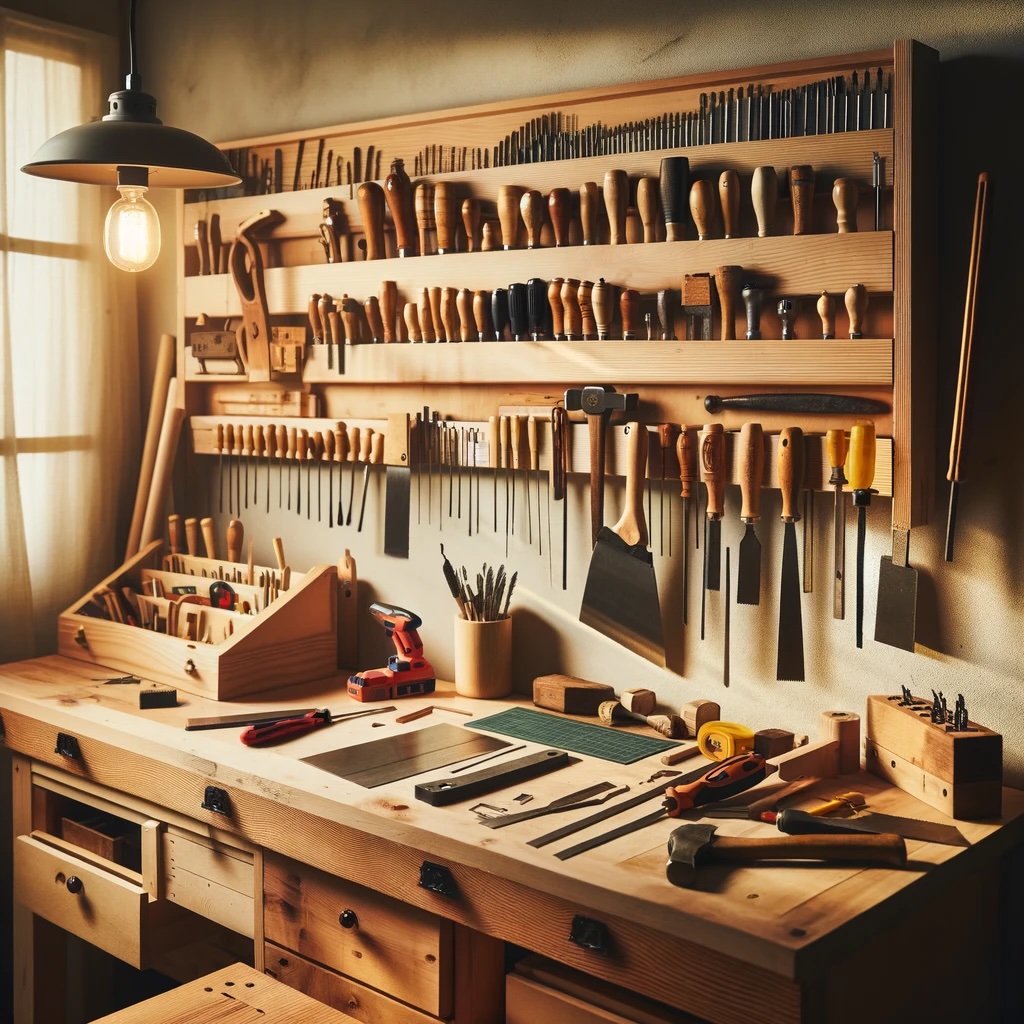Floating Shelf: The Ultimate Guide to Stylish and Functional Storage
Floating Shelf: The Ultimate Guide to Stylish and Functional Storage
What is a Floating Shelf?
A floating shelf is a type of wall-mounted shelf that appears to float without visible supports or brackets. They blend seamlessly with walls and can enhance the aesthetics of any room. Typically, these shelves are attached using internal wall brackets or hidden mounting hardware.
Materials Used for Floating Shelves
Floating shelves come in various materials. Each offers unique benefits and aesthetic appeal. Here are some common materials used:
- Wood: Widely favored for its natural and warm look. Options include oak, pine, walnut, and reclaimed wood.
- Glass: Offers a modern and sleek appearance. Suitable for contemporary interiors.
- Metal: Adds an industrial touch. Options include stainless steel and wrought iron.
- MDF (Medium-Density Fiberboard): A cost-effective choice. Often comes pre-painted or with veneer finishes.
Benefits of Floating Shelves
Floating shelves offer multiple advantages. Here’s why they are a popular choice:
- Space-Saving: Ideal for small spaces. They free up floor space and make rooms feel less cluttered.
- Easy Installation: Most models come with simple mounting hardware. DIY enthusiasts find them straightforward to install.
- Versatile: Suit different rooms including living rooms, kitchens, bedrooms, and bathrooms.
- Modern Look: Clean lines and minimalistic design enhance modern interiors.
How to Choose the Right Floating Shelf
Several factors influence your choice. Consider the following when selecting a floating shelf:
- Weight Capacity: Assess what you plan to display. Heavier items require sturdier shelves.
- Size and Dimensions: Measure your wall space. Select a shelf that complements the size of your room and the items you want to place on it.
- Style: Choose a design that matches your interior decor.
- Installation Process: Some shelves require complex installation. Ensure you are comfortable with the process, or seek professional help.
Steps to Install a Floating Shelf
Installing a floating shelf is often simpler than it seems. Follow these steps for a hassle-free installation:
- Gather Tools and Materials: Gather a drill, level, screws, anchors, measuring tape, pencil, and the shelf.
- Locate Studs: Use a stud finder to locate wall studs. They provide the best support.
- Mark Holes: Hold the shelf against the wall. Mark where the screws will go.
- Drill Pilot Holes: Drill pilot holes into the marked spots. This makes inserting screws easier.
- Attach Brackets: Use screws to attach the wall brackets to the wall. Make sure they are level.
- Mount the Shelf: Slide the shelf onto the brackets. Secure it tightly.
- Check Stability: Ensure the shelf is level and stable before placing any items on it.
Creative Uses of Floating Shelves
Floating shelves aren’t just for storage. Here are some creative ways to use them:
- Kitchen Storage: Use them to display dishware or store spices.
- Bathroom Organization: Perfect for toiletries, towels, and decorative items.
- Living Room Display: Showcase books, photos, and art pieces.
- Home Office: Organize office supplies and decor items.
- Bedroom Decor: Display personal collections, plants, and framed photos.
Floating Shelves Maintenance
Keeping your floating shelves in good condition is crucial. Here are some maintenance tips:
- Regular Dusting: Dust shelves weekly to maintain a clean appearance.
- Avoid Overloading: Adhere to weight limits to prevent sagging or damage.
- Inspect Brackets: Periodically check bracket screws for tightness.
- Clean Spills Promptly: Wipe up any spills immediately to prevent stains or water damage.
Popular Floating Shelf Brands
Several brands offer high-quality floating shelves. Here are a few noteworthy options:
- Umbra: Known for stylish and modern designs.
- Wayfair: Offers a wide range of affordable options.
- IKEA: Renowned for functional and affordable shelves.
- Wallniture: Specializes in versatile and practical shelf designs.
Environmental Impact
Floating shelves can be an eco-friendly choice. Here are some factors to consider:
- Material Sourcing: Opt for shelves made from sustainably sourced wood or recycled materials.
- Longevity: Choose durable shelves to reduce the need for frequent replacements.
- Eco-Friendly Brands: Some brands focus on sustainable practices and eco-friendly products.
Frequently Asked Questions
Here are answers to some common questions about floating shelves:
- How much weight can floating shelves hold? This depends on the material, size, and mounting method. Check the manufacturer’s specifications.
- Can floating shelves be installed on all wall types? They can be installed on most wall types, but proper anchors and supports should be used for non-stud installations.
- Are floating shelves easy to remove? Yes, they can be removed, but may leave holes that need patching.
- Do floating shelves come in custom sizes? Some brands offer custom sizing. Alternatively, you can commission custom shelving from a carpenter.
